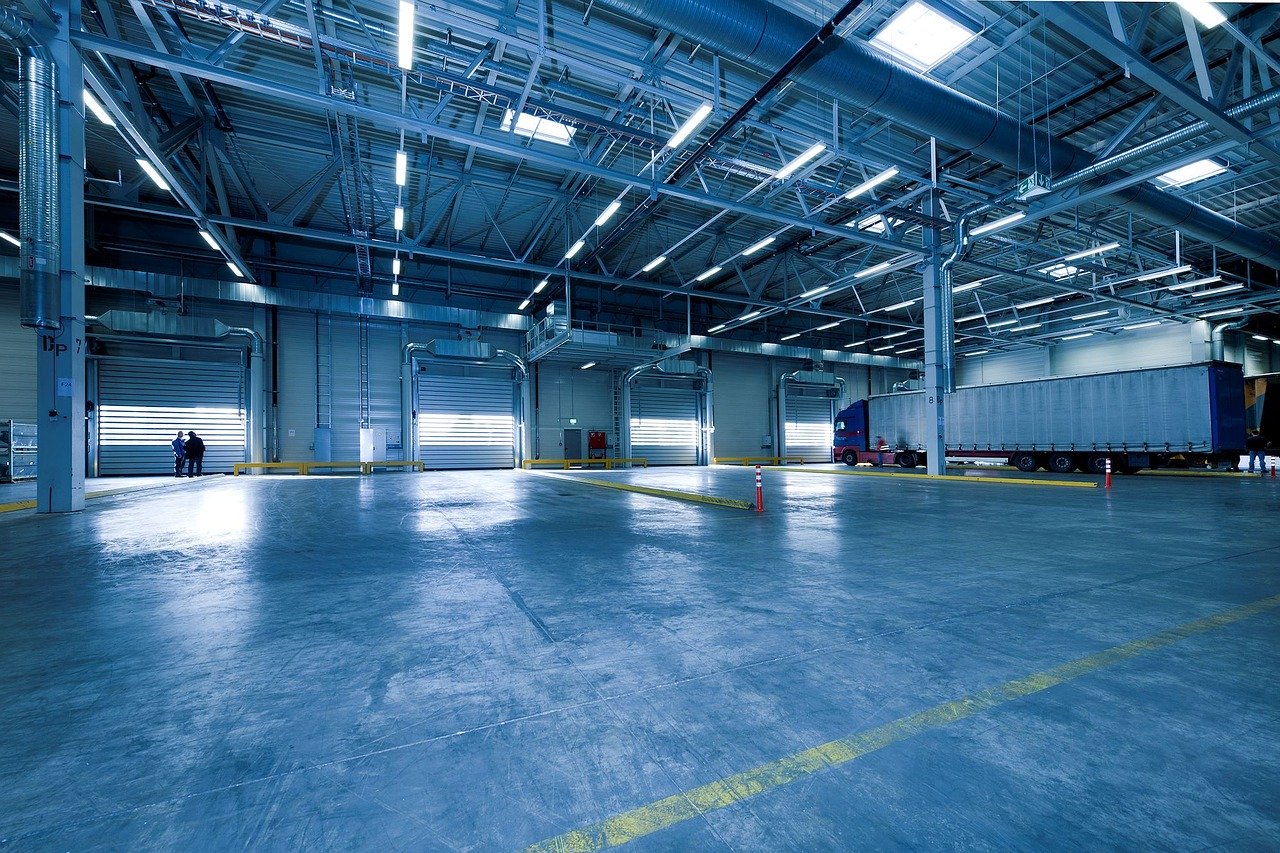Prologis predicts COVID-19 will act as spur to warehousing sector
Pandemic expected to boost e-commerce and inventory holdings, pushing up demand for logistics space

A Prologis report on warehousing is bullish about the demand picture in the face of the COVID-19 crisis. The predict that accelerated e-commerce adoption and higher inventory levels could mean an additional 150 million square feet is required per year over the next three years in the US market alone.
In the report, Prologis noted that “The pandemic will add demand tailwinds to logistics real … as companies adjust to higher e-commerce volumes and higher inventory levels. Growth in direct-to-consumer delivery volumes and rapid replenishment needs should continue to emphasize the appeal of logistics real estate that is closer to end consumers.”
Prologis expects the majority of this demand to be generated by the addition of increased inventories in the wake of the crisis. With many companies being caught out by low stock holdings, there has been renewed interest in bulking up inventories in order to avoid a repeat of this situation and also to better handle major disruptions in many critical supply chains segments.
They note that retailer inventories-to-sales ratio fell from an average of 1.65 in the 1990s to 1.45 pre-crisis, which meant many retailers didn’t have the stock to cover sudden demand patter changes. In particular very lean supply chains have been the norm in food & beverage, electronics/appliances, healthcare and diversified retail. They believe that demand will be concentrated in customer industries that held little buffer stock pre-COVID.
Prologis expects that this drive for resiliency could mean stock holdings rise from between 5% to 10%, creating an additional 285-570 million square feet of aggregate demand in the US.
E-commerce boom to continue unabated
For each percentage point of shift from bricks-and-mortar to online, Prologis is estimating that the US market requires 46 million square feet of space. The believe that “March through mid-April’s e-commerce growth of 30%+ suggests that the rate could rise by 300-400 bps in 2020, generating an incremental 140-185 MSF of net demand (accounting for cannibalization of bricks and mortar).”
This growth will be most pronounced in relatively low penetration areas, with grocery leading the way, as well as healthcare, consumer products, diversified retail construction/home improvement.
They note these industries have relatively small e-fulfilment operations, that customer bases have expanded dramatically and technical abilities to deliver in short timeframes have improved.
Same- and next-day service requirements will mean high demand for industrial space near consumer centres, especially to cope with increased last mile logistics costs.
Additional winners include parcel delivery and paper/packaging businesses, which should benefit from increased direct-to-consumer shipments.
Near shoring and reshoring could add demand to new markets
Prologis also noted that demand could be boosted in low-cost production centers such as Mexico and Central and Eastern Europe as companies push for a greater diversity of manufacturing locations, although they believe that this will be a long-term trend that plays out over years.
